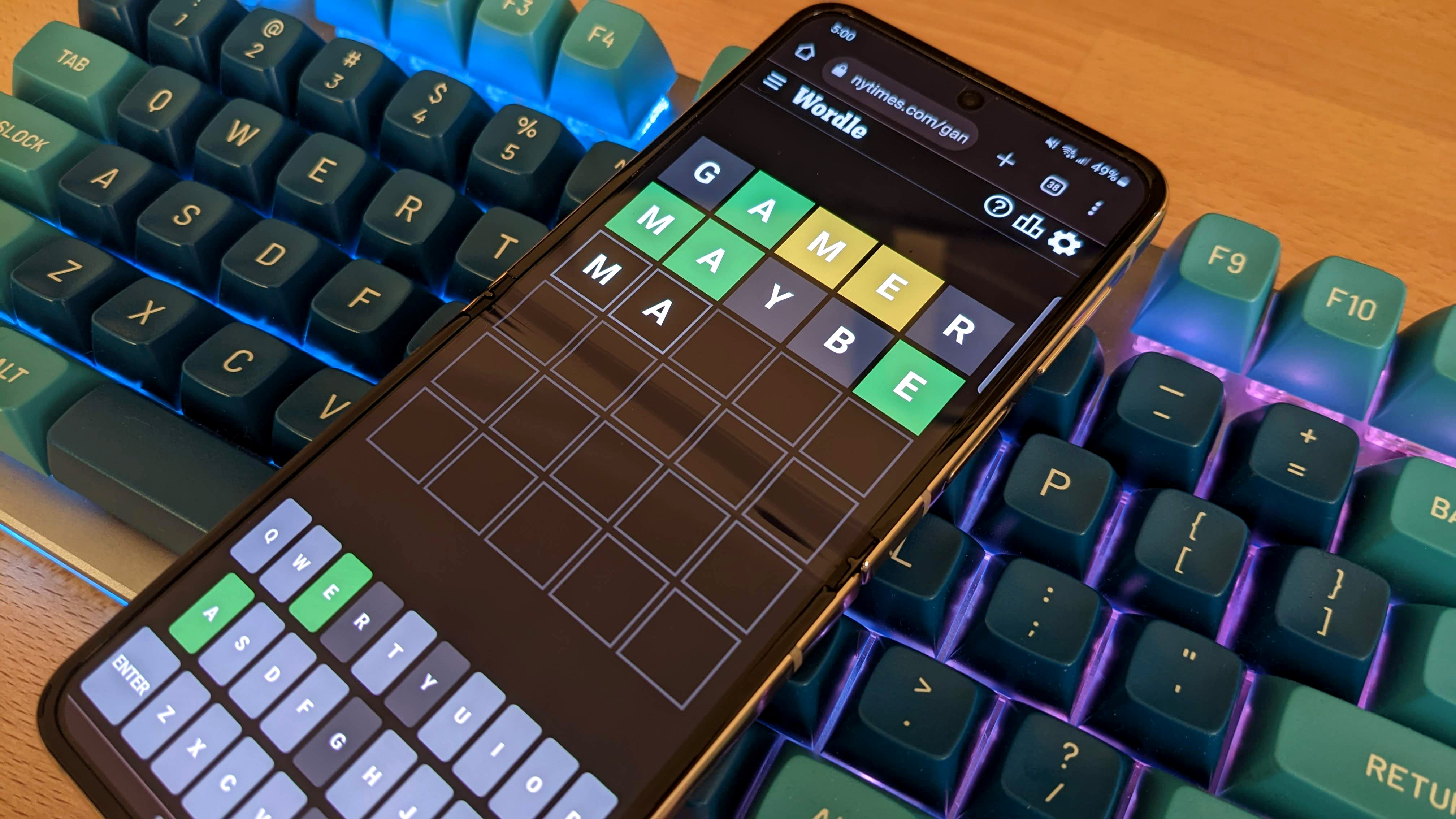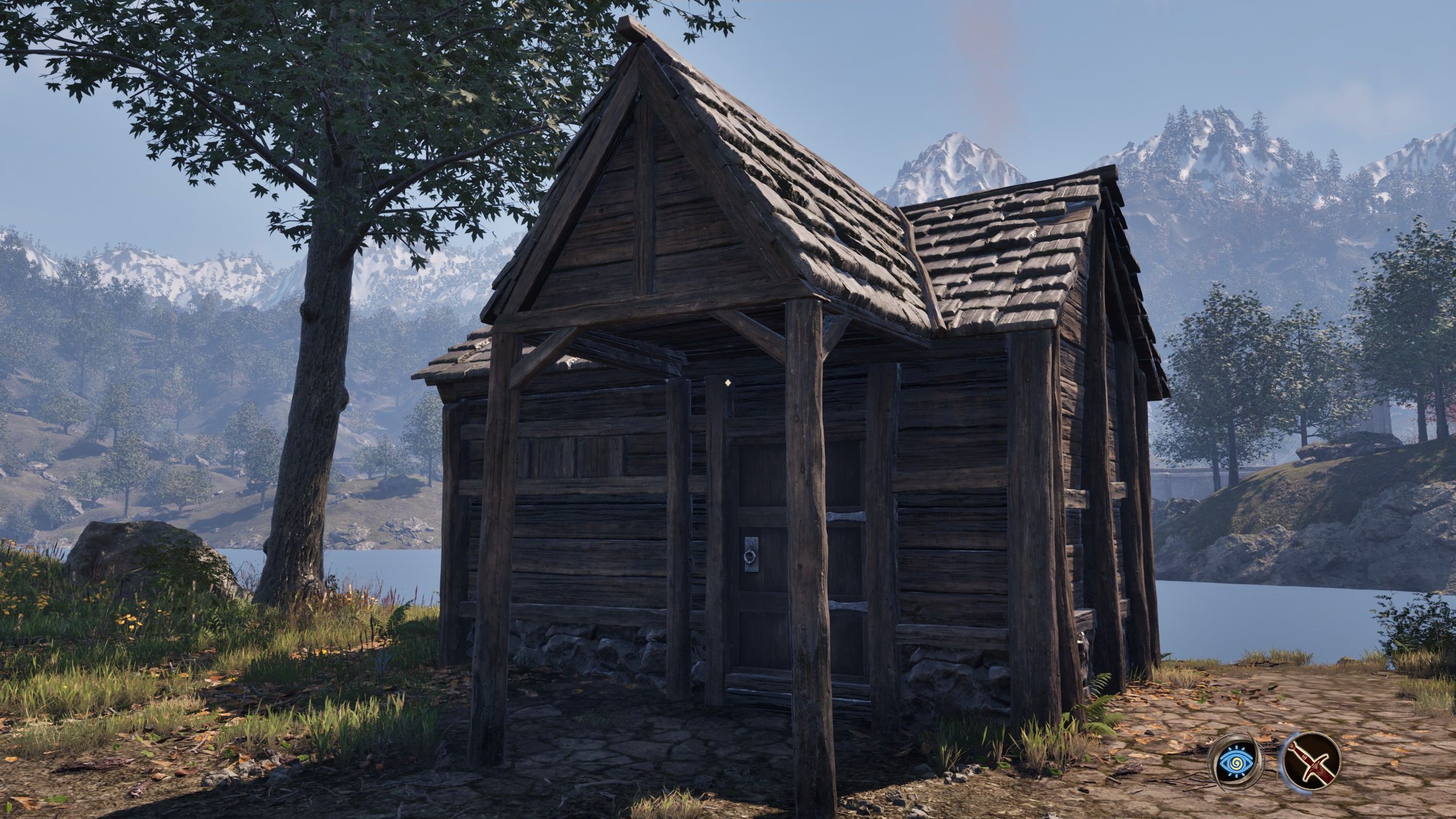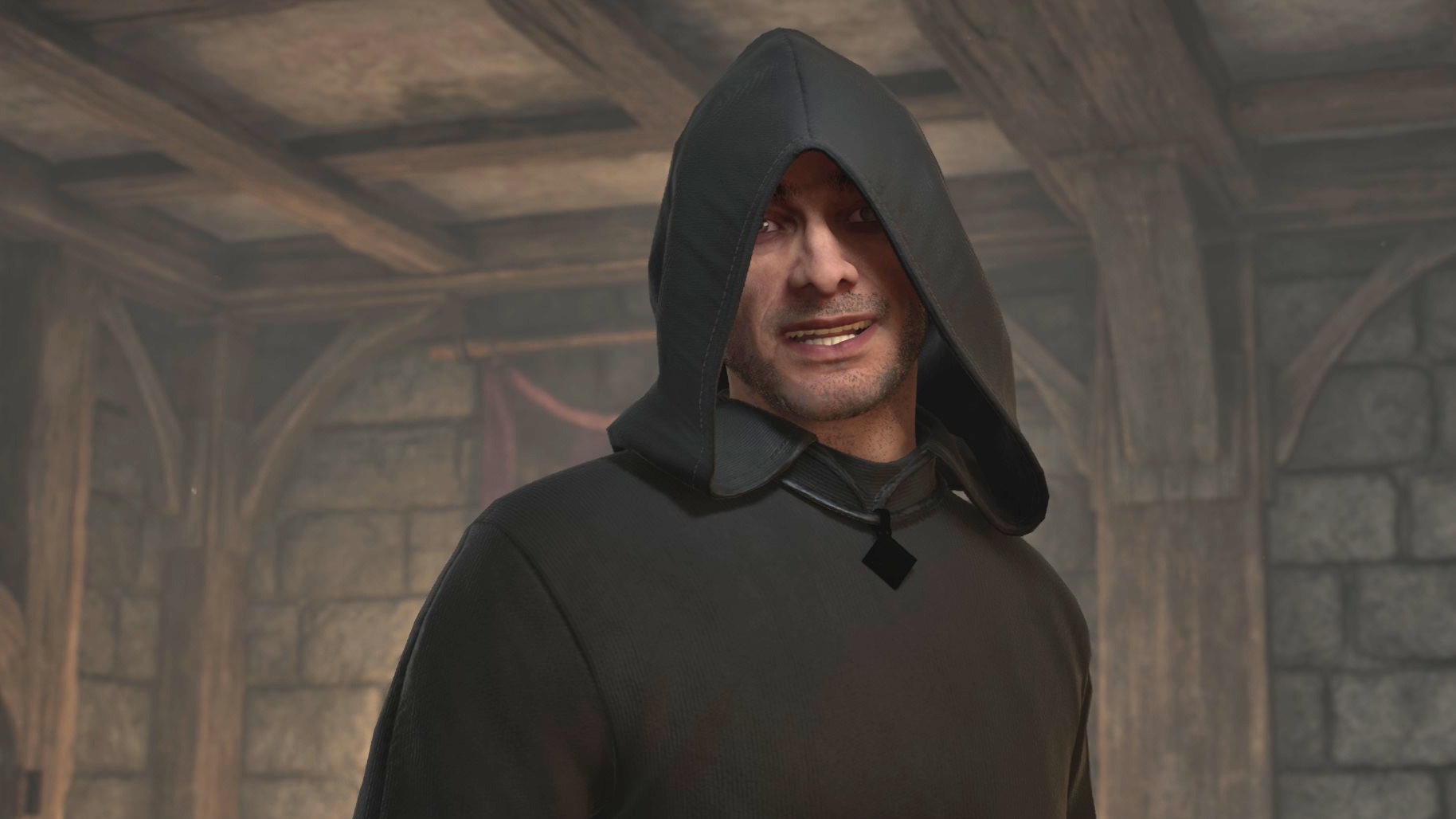
Forgotten Gems: Kirby’s Brother From Another Mother
Forgotten Gems is a regular column about notable games that have moved out of the public eye and may not be easily accessible anymore. To see all the other games I’ve covered so far, be sure to check out the 12 previous issues of Forgotten Gems in our Columns section.
In an alternate universe, HAL and Nintendo’s beloved Kirby series never made it out of Japan. As the pink puffball conquered one platform after the other with his adorable pals, the Kirby games slowly emerged as the more forgiving, kid-friendly alternatives to Mario. If Mario missed a jump, he was a goner. Kirby? Just pump the button to float and you’ll get another chance at redemption. Kids had no problems jumping into Kirby games and completing the main campaigns – but older players looking for a little more also found some surprisingly devious challenges on the path to 100% completion.
But in our timeline, Kirby’s Dream Land hit Game Boy in the US and Europe a mere months after Hoshi no Kirby debuted in Japan in 1992. While the original game was a huge sales success that subsequent releases couldn’t quite replicate, Nintendo stuck with Kirby. The faith it placed in the franchise designer Masahiro Sakurai (of Smash Bros. fame) built paid off. A full 30 years later, Kirby Star Allies and then Kirby and the Forgotten Land blew up on Switch, selling almost 12 million copies between them.
The Legend of Starfy: The Diminished Chap
Which brings us to The Legendary Starfy. The series shares more than a passing resemblance to Kirby’s. Its cute, starfish-like hero looks like he’s ripped straight out of a Kirby or Mario game. The developer, Tose – like Kirby’s creators at HAL – appear to share rights to the character and games. And Starfy games are very easy to get into and easy to complete. But unlike Kirby, Starfy has been one of those Nintendo franchises mostly released and promoted in the Japanese market.
My first experience with Starfy goes back all the way to the year 2000. At Nintendo’s annual Space World expo, also known as Shoshinkai, the publisher showed a playable demo of a game named “Densetsu no Stafy” for Game Boy Color. I recall playing it briefly at the time, of course unaware that that game would never see the light of day. With the release of its next handheld hardware a mere year away, the developers retooled the game for release on GBA instead.
You Know Starfy
Starfy may have the shape of a Luma, the face of Kirby, and the color of Pikachu, but you may have spotted him before via his cameos in Mario & Luigi: Super Star Saga, Super Mario Maker, and Super Princess Peach. But he’s likely most familiar to many a Nintendo fan thanks to his appearance as an Assist Trophy in the Super Smash Bros. games. The entry reads: “Starfy is the absentminded prince of the Pufftop Kingdom, and the hero of The Legendary Starfy. Is he a star? A starfish? His commitment to helping you when summoned is obvious, even if his species isn’t. He’ll use a Star Spin attack, which isn’t all that powerful. It’s the thought that counts!”
Developer Tose (“toh-seh”), headquartered in Kyoto not far away from Nintendo’s own HQ, has been around for more than 40 years. IGN’s database lists more than a hundred titles across a dozen platforms that Tose has worked on, from wrestling games to anime-licenses, to titles Nintendo fans will instantly recognize, like Game & Watch Gallery and Super Princess Peach. Many publishers, such as Square, enlisted Tose’s help during the GBA and DS eras to help port their classics to the handhelds, including Final Fantasy, Chrono Trigger, Front Mission, and Dragon Quest.
But the real tally of games Tose has worked on is likely much higher. Tose is one of a few Japanese development studios that have signed away their development credit on games it’s worked on – a practice that essentially obfuscates the real authors of games in favor of pushing the publisher brand. See also my piece on Sky Odyssey, a game that was in greater parts made by phantom devs CAProduction and Future Creates. This sometimes leads to awkward gameography entries on their Japanese corporate pages, listing their past works as “action game for major publisher” or “game design for PlayStation 4 game”.
This is all to say, Tose may not be a household name, but it’s an experienced team with more than four decades of experience designing games or working on adapting and converting games. That experience shows in the Starfy games. They feel and look like Nintendo games – or, more accurately, a mixture of HAL games and Capcom’s SNES platformers. If you haven’t played one of them yet (which, you likely haven’t – this is Forgotten Gems, after all), you’ll notice how much Starfy looks like Kirby’s brother from another bubblegum mother.
Yellow Submarine
Instead of relying on the ability to float, Starfy’s adventures are mostly aquatic. You pump the A-button to swim faster underwater, use spins to destroy blocks, and you can of course dash upwards to catch some air and soar above the waves as well. What starts with simple block-pushing and platforming puzzle challenges eventually gets more complex, with Breakout-style mini-games, auto-scrolling stages, and even vehicles. You’d be hard-pressed to call the first Starfy game – Densetsu no Starfy (or Stafy, see sidebar), a top-tier platformer in Nintendo’s overall library, but it’s competently made and enjoyable.
Densetsu no Starfy was successful enough in Japan to get a sequel. And another one. And another one. Despite not seeing a release in the west, Starfy gained some appreciation from import gamers, with the third GBA game in particular turning heads and leading to questions why the series continued to be landlocked in Japan despite the popularity of platform games on Nintendo’s handhelds and consoles. With Densetsu no Starfy 3 in 2004, Tose had seemingly perfected its formula. Although developed in record time in just a year, Starfy 3 feels like something HAL would’ve made – from the clever puzzles and adorable characters (Starfy’s sister is playable in this one – and looks even more like Kirby!) to mini-game multiplayer challenges and even Wario appearing and giving Starfy quests. There’s no doubt that Starfy 3 would’ve released to positive reviews in the west, but Nintendo made us wait another four years for his stateside debut.
Stafy Becomes Starfy
Starfy – and the confirmation that, yes, there’s an “r” in his name – started his world tour in earnest in 2009 with The Legendary Starfy for Nintendo DS. Despite the title being a literal translation of the first game’s name, it is not a remake. First released in 2008 in Japan, The Legendary Starfy for DS is an all-new quest that uses the dual screen setup for tutorial and character interactions on the bottom screen as well as for expanded playfields during mini-games, but other than that, it’s vintage Starfy gameplay. Our reviewer loved it when he first played it and said that it unified the “best elements from games like Kirby, Donkey Kong Country, Little Nemo, and Mario himself”. But there were already signs that Nintendo hadn’t forgotten about Starfy when the little yellow star made his debut as assist trophy in Super Smash Bros. Brawl.
Is it Stafy or Starfy?
The short answer is: both. While the name is an obvious take on the English word “starfish”, fans — and later Nintendo itself — started to refer to the character as Stafi and Stafy in localized material. But it’s not just in Super Smash Bros. Brawl (which predates the DS game’s official western debut) that you can still see the “Stafy” spelling. Even though NOA’s marketing material calls the character and games “Starfy” now, in line with the DS title, the Nintendo Online copy still refers to the games as Densetsu no Stafy 1, 2, and 3. Meanwhile, Starfy’s sister Starly, is known as Stapy in Brawl. If your head hurts after all this, try spin-smashing into some rocks for a cure.
Despite the positive reviews, Starfy did not ascend to become a mainstream hit on Nintendo’s DS. In Japan, it sold fewer copies than its predecessors – perhaps a sign that interest in lesser-known, traditional platformers was waning in favor of new, touch-screen-centric experiments. Or perhaps the mascot platformer genre was just too crowded on Nintendo’s handhelds. Whatever the reason, instead of being the start of a beautiful friendship, the Legendary Starfy ended up becoming the last bow for the series.
The surprise is that all three also got added to the US and European GBA collections on Nintendo Switch.
But don’t count a good platformer out. This week, Nintendo surprisingly added the first three GBA Starfy games to its Nintendo Online with Expansion Pack tier. The surprise isn’t that these games returned to the spotlight in Japan – after all, nostalgia is fueling an ongoing barrage of rereleases, remasters, and remakes the world over.
The surprise is that all three also got added to the US and European GBA collections on Nintendo Switch.
Where can you play it now?
As of July 11, 2024, Densetsu no Starfy is back in active distribution after more than two decades. Pour one out for game preservation, folks! Physical copies of the five existing Starfy games are not hard to find via auction services on eBay, but with the exception of the 2008 Nintendo DS release, you should know that they’re all in Japanese and do contain quite a bit of Japanese text. Now, the Nintendo Switch Online releases aren’t localized, either. Nintendo is expecting players to put up with quite a lot of expository text from NPCs in Japanese, but the core game is easy to grasp even if you don’t read kana. So this is definitely an instance of not looking at the proverbial gift horse’s teeth too closely. And if you’re looking to learn Japanese, know that the language used in the games is simple: you don’t need to learn kanji to be able to read what is being said.
Giving Starfy wider exposure is a wonderful thing to see. I wish it was a more concerted and serious effort – surely, localization of text-only games isn’t all that expensive. Plus, dropping three very similar games at once isn’t exactly a carefully curated introduction to an unknown franchise, but as a lover of the obscure and forgotten, I’m excited to see Nintendo experimenting with its back catalog more and daring to bring back the stuff of legends.
Peer Schneider heads up IGN’s Guides, Tools, and Map Genie teams and is excited about Nintendo’s recent additions to Nintendo Online. Not every game’s a gem, but preserving games, even by adding them to subscription services, is a welcome trend.








